Our Glassblowing Process: Keeping The Ancient Art Alive
Glassblowing is an age-old industry and art form, and Viro is proud to bring this time-honored craft into modern design.
While little is known about the exact origins of glassblowing, we do know that about 4,000 years ago Mesopotamian artisans were pressing glass beads, casting shapes, slumping forms, and creating core-formed vessels. Approximately two thousand years later, an invention in glass was discovered: a Roman glassworker inflated molten glass using a hollow tube! Suddenly, vessels, containers, and bottles could be made quickly and easily for everyday use, and a thriving industry was born.
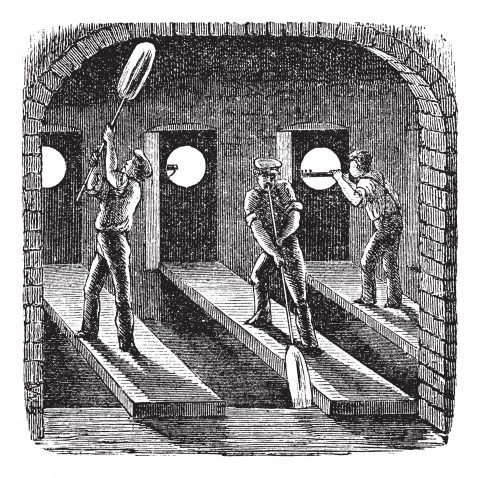
The production requirements of glassblowing led to the development of molds. Instead of shaping glass with tools, glassworkers would blow a molten glass bubble into intricately designed molds, which greatly expanded the variety of forms and textures from what was previously possible.
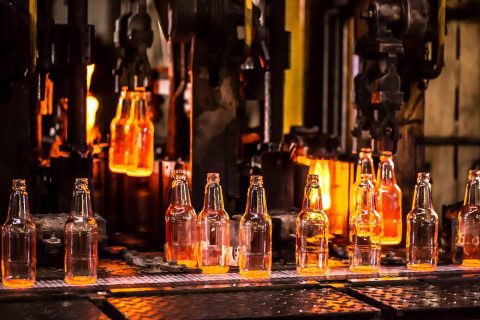
Of course the glass industry has greatly advanced from this point. In high production glass facilities machines have taken the place of people, and the mechanized output is beyond what ancient glassblowers could have ever imagined.
Handblown glass, however, has beauty, clarity, and visual richness that no machine can replicate. That’s why, thousands of years later, we uphold the culture, history, and tradition of this ancient craft.
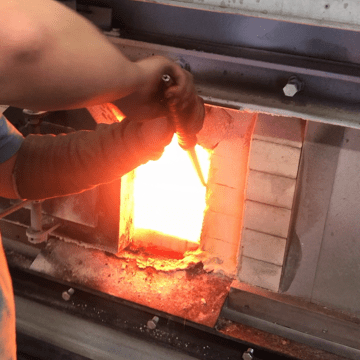
The glassblowing process used by Viro’s team of glass artisans is virtually identical to what was used long ago by the Romans. First, we use a hollow metal blowpipe to gather molten crystal glass from a 2300-degree Fahrenheit furnace. Then we blow air into the glass to hollow out the middle and create an even wall thickness. 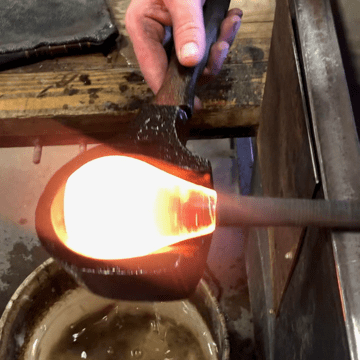
We use a simple shaping tool called a ‘block’ to shape the glass bubble and ensure it’s perfectly round. Depending on the size of the final glass piece, we may add additional molten glass to the bubble.
Then, using simple tools, heat, and gravity, we prepare the bubble before it’s introduced to a mold. The shape of the mold determines the shape of the bubble. We inflate the glass in the mold to create the desired shape, and then carefully remove the final piece from the mold.
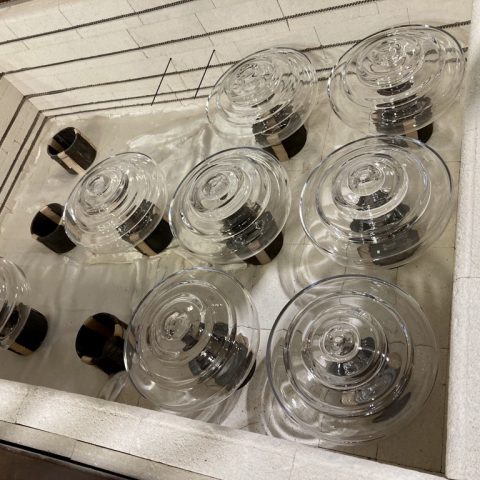
The glass piece is then released from the blowpipe and put into an annealing oven that slowly cools the glass. And finally, the following day, we complete the glass piece by precision cold-working the edges.
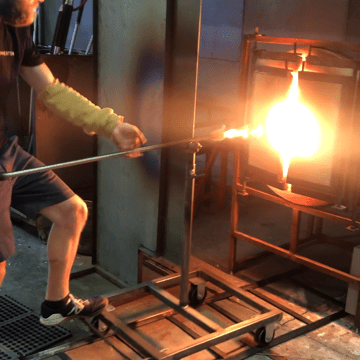 It may sound like a simple process, but don’t be fooled! It takes years of apprenticeship and experience to build both the knowledge and skillset required to become a master glass artisan. We’re proud to perpetuate this ancient craft and bring functional art to your home.
It may sound like a simple process, but don’t be fooled! It takes years of apprenticeship and experience to build both the knowledge and skillset required to become a master glass artisan. We’re proud to perpetuate this ancient craft and bring functional art to your home.
